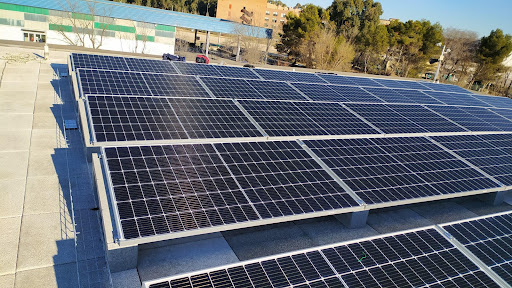IF YOU'RE WONDERING...
Which solution suits my business best?
Find out in 4 steps
IF YOU'RE WONDERING...
Find out in 4 steps
We are trusted by some of the most important companies in Spain. Our portfolio exceeds 5 TWh of energy, covering all economic sectors.
We have a large team of energy experts who work on the continuous development of efficient, sustainable and innovative solutions of the highest quality.
We lead the energy transition by involving our customers and promoting the efficient use of renewable energy.
We are trusted by some of the most important companies in Spain. Our portfolio exceeds 5 TWh of energy, covering all economic sectors.
We have a large team of energy experts who work on the continuous development of efficient, sustainable and innovative solutions of the highest quality.
We lead the energy transition by involving our customers and promoting the efficient use of renewable energy.
OUR CUSTOMERS
35 tons of CO2 per year
20% savings on annual energy consumption

The installation of photovoltaic self-consumption represents a reduction of 35 tons of CO2 per year and leads to a saving in annual energy consumption of around 20% of the plant located in Rubí.
In addition to design, legalisation, installation and maintenance, we deal with the comprehensive management of the energy produced.
Need further information?